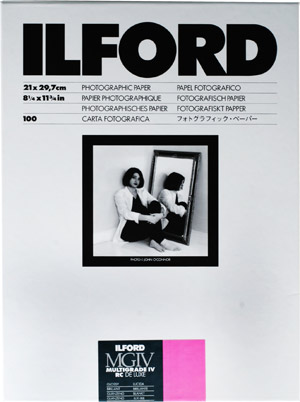Pete Askew
Admin
Some time ago I posted an image taken from a boat in Copenhagen. I thought it might be interesting to show part of the process that lead to the final print and show how this is actually quite similar to what many of us do with a digital workflow. Leading up to the point shown in the following prints were the initial test prints, all done using the F-Stop system advocated by Gene Nocon. This method uses F-stop increments for the steps in the test print rather than arbitrary time series (ie 2, 4, 8, 16, 32s rather than 2, 4, 6, 8 etc) and tables to give smaller divisions. Any burning-in etc is also done using the same principle. And if you are using variable contrast paper you can also vary the grade in different areas of a print and thus control local contrast so that, for example, burning the sky at a lower contrast grade does not cause objects intruding into it to darken too much. The main advantage of the F-stop method, other than the obvious parallel with the shooting process, is that should you wish to increase the size of the print you have a map that tells you how to get there and all you need to do is establish a single mid point at the new size (you can even estimate using the inverse square rule - or use an enlarger meter) and everything then becomes just + or - X stops from that point.
So here are some secondary test prints along with the final map (writing in red) used to produce the print. The test prints were done onto A4 paper and the map and first prints were made on 16" x 12" paper. The map was then used to produce the final 20" x 24" print that was then framed.
Here I'm establishing the tones and contrast for the buildings.

Here the exposure and contrast in the water is being established.

This is the final printing map (red version is the actual one used) which also shows the original image (although printed rather light so it could be used a the map).

And here, again, is the final print.

And mounted and hung in the studio in Potsdam.

I hope that makes sense.
So here are some secondary test prints along with the final map (writing in red) used to produce the print. The test prints were done onto A4 paper and the map and first prints were made on 16" x 12" paper. The map was then used to produce the final 20" x 24" print that was then framed.
Here I'm establishing the tones and contrast for the buildings.

Here the exposure and contrast in the water is being established.

This is the final printing map (red version is the actual one used) which also shows the original image (although printed rather light so it could be used a the map).

And here, again, is the final print.

And mounted and hung in the studio in Potsdam.

I hope that makes sense.
Last edited:

